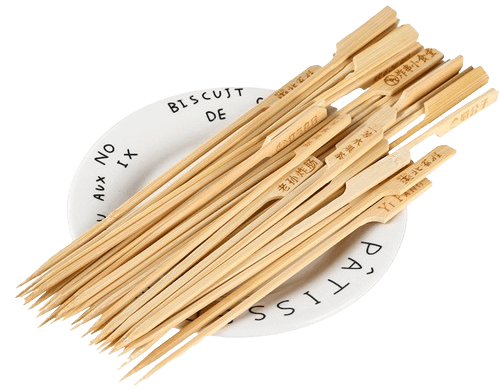Key Takeaways
| Topic | Details |
|---|---|
| Cultural History | Originated over 5,000 years ago in China, symbolizing the connection between heaven and earth. |
| Types of Travel Chopsticks | Made from materials like bamboo, metal; benefits include durability and eco-friendliness. |
| Usage Guide | Step-by-step instructions for beginners, with a focus on correct handling techniques. |
| Chopstick Etiquette | Cultural do’s and don’ts in various countries, emphasizing respectful practices. |
| Chopsticks as Souvenirs | Popular as personalized gifts, reflecting cultural exchange and artistic craftsmanship. |
| Business Perspective | Growing market for travel chopsticks, with a spotlight on innovative and sustainable products. |
Introduction
Travel chopsticks are not just tools for eating; they are a bridge to understanding the rich tapestry of Asian cultures. As a symbol of a thoughtful and sustainable approach to dining, chopsticks embody both tradition and modernity. At Ecostix Global, we blend traditional craftsmanship with innovation to create high-quality bamboo chopsticks that promote a sustainable lifestyle.
Section 1: The Cultural History of Chopsticks
Chopsticks have been an integral part of dining in Asia for millennia. Originating over 5,000 years ago in China, they were first made from twigs. As civilizations evolved, so did the materials—from bronze and ivory to today’s sustainable bamboo. The design of chopsticks, often reflecting the union of heaven (round) and earth (square), highlights their cultural significance beyond mere utensils.
Section 2: Types of Chopsticks Used in Travel
For the eco-conscious traveler, chopsticks made from sustainable materials like bamboo are ideal. Bamboo is not only environmentally friendly but also lightweight and durable, making it perfect for travel. At Ecostix Global, our bamboo chopsticks are designed for both aesthetics and functionality, aligning with our mission to inspire sustainable practices worldwide.
Section 3: Practical Guide to Using Chopsticks
Mastering chopsticks can enhance your dining experience significantly. Here’s a simple guide to get you started:
- Positioning: Hold one chopstick stationary while the other moves to grasp the food.
- Grip: Use your thumb, index, and middle fingers to control the chopsticks.
- Practice: Like any skill, proficiency comes with practice. Don’t be discouraged by initial awkwardness.
Section 4: Chopsticks Etiquette for Travelers
Understanding and respecting local dining customs is crucial:
- Japan: Do not stick chopsticks vertically in rice, as this resembles a funeral rite.
- China: Avoid pointing chopsticks directly at others across the dining table.
- Korea: Do not lift bowls off the table while eating.
Chopsticks are more than just eating tools; they are a gateway to cultural appreciation and a testament to the ingenuity of ancient civilizations. By choosing Ecostix Global’s bamboo chopsticks, you are not only selecting a product that supports your culinary needs but also one that respects and preserves cultural traditions and the environment. Explore our range of products and join us in our journey towards a sustainable future. Visit our blog for more insights and stories on the cultural significance of chopsticks around the world.
Section 5: Chopsticks as a Souvenir and Cultural Exchange
Chopsticks are not only practical tools but also serve as a meaningful souvenir that encapsulates cultural exchange and artistry. Travelers often choose chopsticks as mementos for their beauty and the craftsmanship involved. In many parts of Asia, particularly in China and Japan, artisanal chopsticks are available that are intricately painted or carved with local motifs, making each pair a piece of art. Personalized chopsticks, which may be engraved with names or dates, are especially popular among tourists seeking a personalized touch. These items serve as a bridge between cultures, offering a tangible memory of the traveler’s experiences and the local traditions they encountered.
Section 6: Business Perspective: The Market for Travel Chopsticks
In the business sphere, the market for travel chopsticks is witnessing significant growth. This surge is driven by increasing global travel and a rising interest in Asian cuisines around the world. As a leading manufacturer, Ecostix Global recognizes the potential in this trend. Our bamboo chopsticks are not just eco-friendly; they are also a chic and practical choice for the discerning traveler. For businesses, offering custom-engraved or specially designed chopsticks can be a lucrative addition to the product range, catering to both individual consumers and large-scale hospitality clients.
Conclusion
Chopsticks are far more than utensils—they are an expression of cultural identity and historical progression. As we embrace these tools in our daily lives, we also embrace the broader, global tapestry they represent. Ecostix Global is proud to be at the forefront of this cultural and environmental initiative, crafting chopsticks that are not only functional but also promote a deeper understanding of and respect for the traditions they stem from.
By choosing Ecostix Global, you choose a path of sustainability and cultural appreciation.



